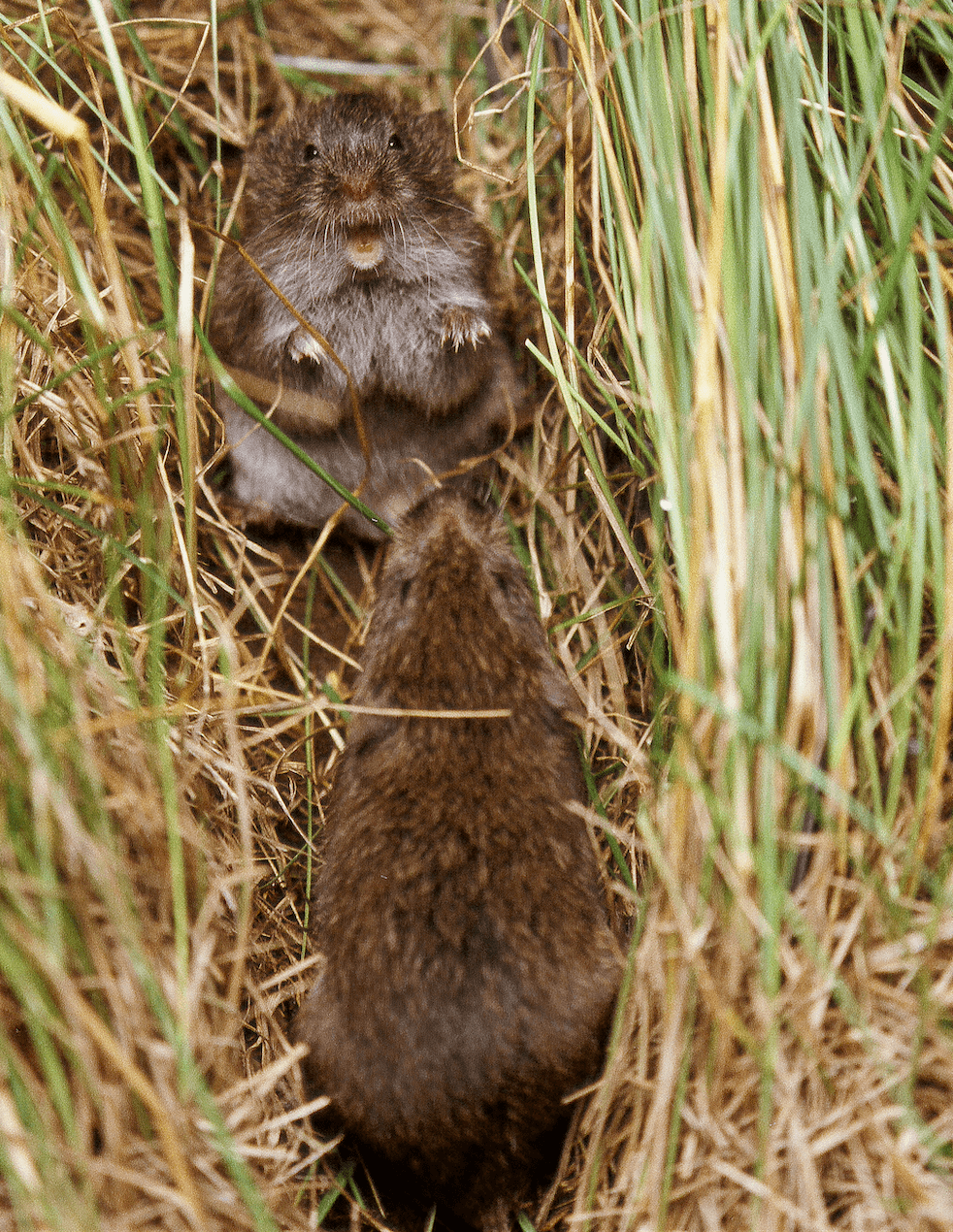Featured Data
Long-term demographic data on voles, Microtus ochrogaster and Microtus pennsylvanicus, from east-central Illinois (1972 to 1997)
September 27, 2024
Susanne Grossman Clarke
Citation
Getz, L.L. 2024. Monitoring of Microtus ochrogaster and Microtus pennsylvanicus populations in three different habitats in east-central Illinois, 1972 to 1997. ver 2. Environmental Data Initiative. https://doi.org/10.6073/pasta/62617e944d053ba553d37cc4568c2367.
Getz, L.L. 2024. Twice weekly monitoring of a Microtus ochrogaster population and social behavior in alfalfa in eastern Illinois, 1982-1987. ver 1. Environmental Data Initiative. https://doi.org/10.6073/pasta/e62ec4197e8e2a687f2ef9d2c13cc3c0.
Getz, L.L. 2024. Blarina brevicauda populations in three different habitats in east-central Illinois, 1972 to 1997. ver 1. Environmental Data Initiative. https://doi.org/10.6073/pasta/920c200ed6b3dd3dea83e8a62e5dff44.
Description
Lowell Getz, Professor Emeritus at the University of Illinois at Urbana-Champaign, served in the Department of Ecology, Ethology, and Evolution from 1969 to 1997. During his tenure, he conducted an exceptional 25-year study (1972-1997) on the population dynamics of two vole species: the prairie vole (Microtus ochrogaster) and the meadow vole (Microtus pennsylvanicus). Over the course of the study, the populations of the two vole species were monitored monthly in three distinct habitats in the University of Illinois Biological Research Area and the Trelease Prairie, using wooden multiple-capture live-traps. Additionally, social groups of voles were monitored over a 63-month period, from March 1982 to May 1987 twice weekly. Noteworthy aspects of this study include the involvement of 49 paid assistants and 1,063 unpaid undergraduate volunteers. The traps were set and collected 2,320,300 times, resulting in the release of 236,700 voles. Throughout the entire period, Dr. Getz took only 28 days off, and those were for medical reasons.
The data were the basis for over 70 papers on a wide range of topics covering voles’ habitat preferences, population density and cycles, survival and reproduction, predation, social behavior and disease dynamics. Dr. Getz’s research provided valuable insights into how habitat and environmental factors influence vole populations and their survival strategies.
The data from this extensive research are now available in two data packages in EDI. The data include the individual identification, sex, reproductive status and body mass. A third data package on shrew (Blarina brevicauda) populations was also published, as shrews were incidentally captured along with the voles. Publishing the data with EDI makes them easily accessible and reusable for future research.
